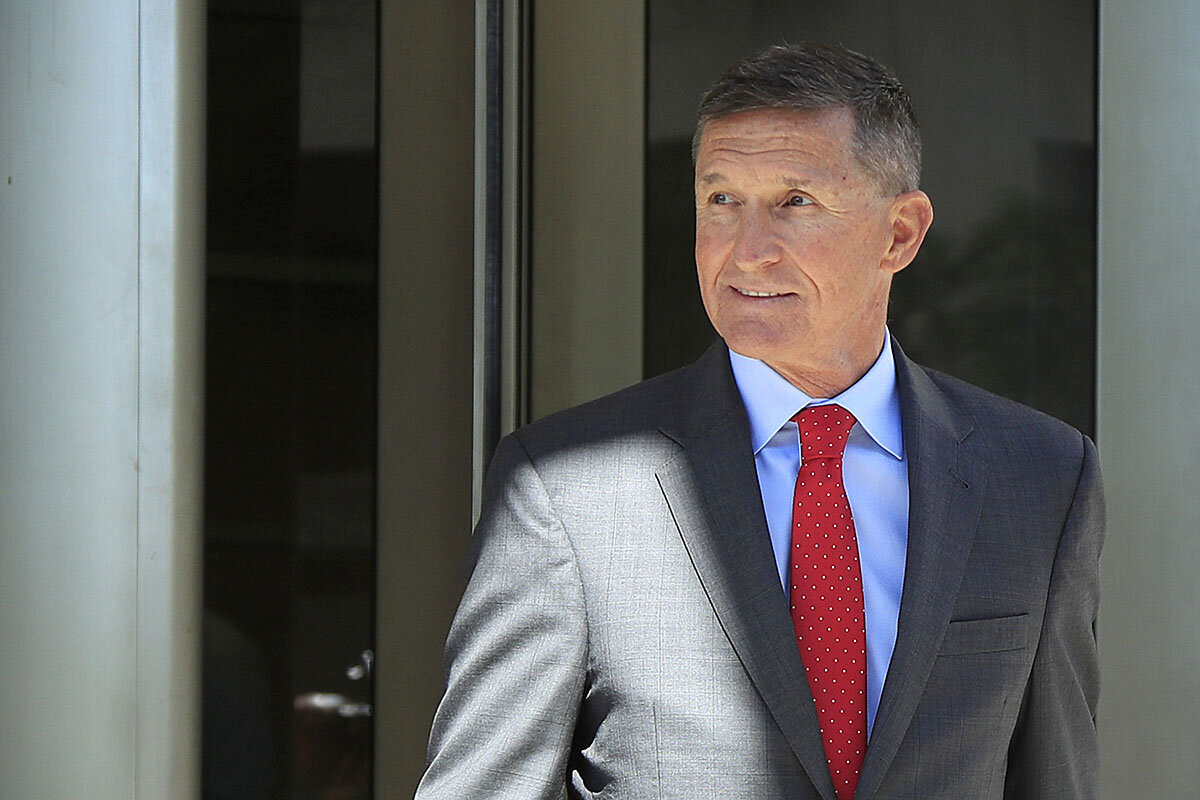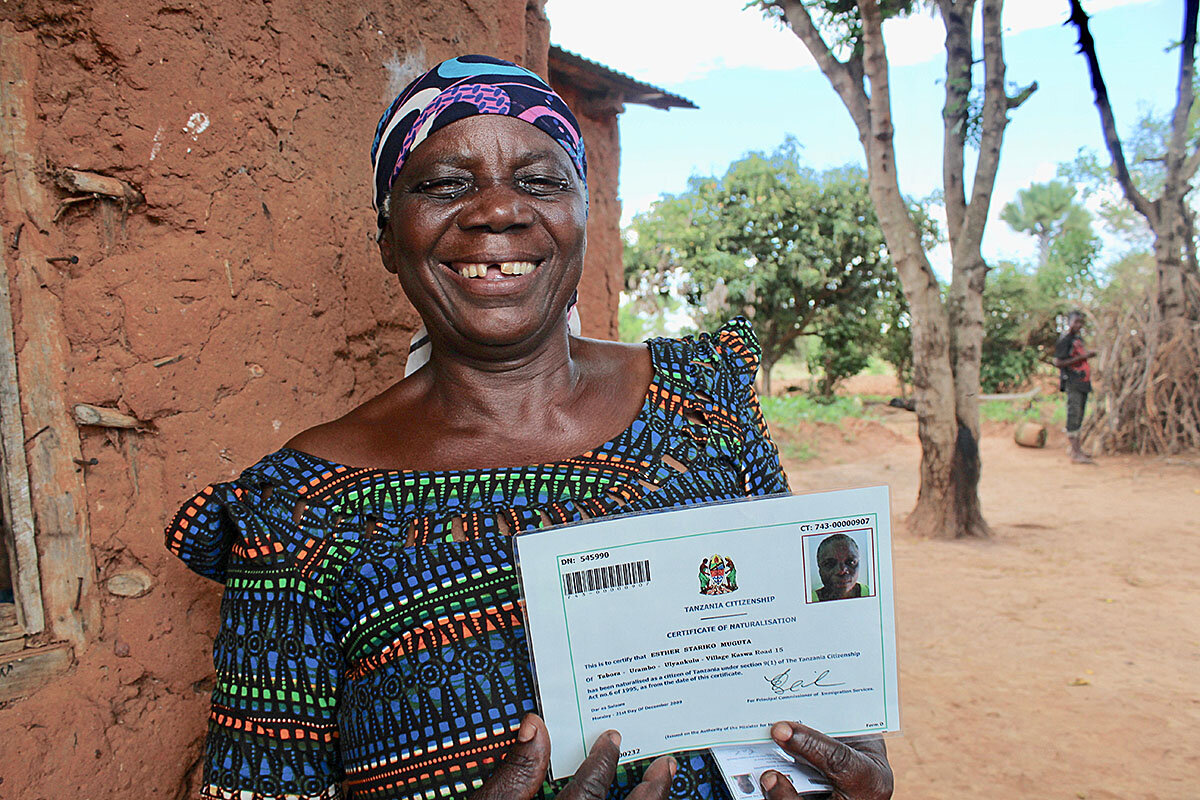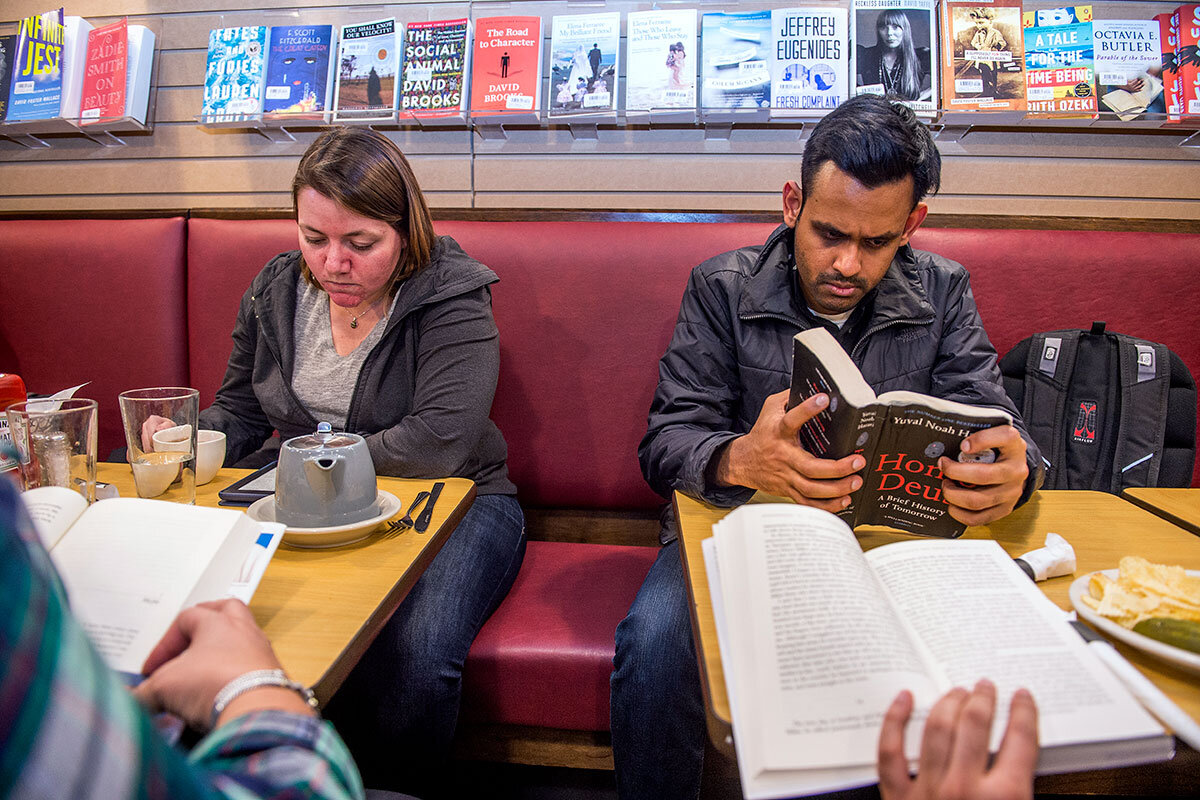In his oft-cited book “Democracy in America,” 19th-century Frenchman Alexis de Tocqueville observed, “The health of a democratic society may be measured by the quality of functions performed by private citizens.”
A 21st-century translation: Helping others matters.
And there’s a side benefit: It’s a joy.
“Giving until it hurts is a bad way to think about it,” billionaire philanthropist Bill Cummings told Forbes recently. “We give until it feels good.” The Cummings family, who have no expensive toys (his wife still clips coupons and they almost always fly economy class), are quietly and gradually giving their fortune to charity.
In deciding where to give, they rely on a committee of some 80 local volunteers from their community near Boston. These volunteers “really struggle” with making the best choices about where to donate, Mr. Cummings says. “It’s so satisfying for me and Joyce to see how much they care.”
Most Americans recognize the need to be charitable: Giving by individuals reached an estimated $286.65 billion in 2017, an increase of 3 percent from the previous year (adjusted for inflation), according to a report from Giving USA.
While most people don’t have a small army of eager researchers to steer their year-end giving, nonprofit groups such as Charity Navigator and GuideStar are quick online resources in finding well-run charities that support worthy causes around the world.
Giving best starts from the heart. According to Barna, a Christian organization that researches American values and beliefs, 62 percent of those who become involved in a charitable cause do so at first because they believe they can make a difference; 45 percent had seen or heard a moving story that motivated them.
This desire to help overcomes feelings of so-called compassion fatigue that argue the problem is hopeless, defying remedy.
Among the questions givers might ask themselves when deciding where to donate:
Does this cause or institution get at a very important problem?
Is this a “neglected cause” that isn’t receiving as much support as it deserves?
Does this charity or institution have a sound track record for making a real difference? Is it well managed, with low overhead expenses?
Sending money, of course, isn’t the only way to give. Americans have a strong track record of volunteering. But the recent trend line hasn’t been positive: Volunteerism hit a high between 2003 and 2005, when 28.8 percent of Americans said they had volunteered during the previous year. More recently that number has dropped to 25.3 percent.
“As a nation, we must commit resources and time to the challenging work of putting more Americans back to work improving and engaging with their communities,” says Robert Grimm, director of the Do Good Institute at the University of Maryland, who co-wrote a November report called “Where are America’s Volunteers?” that measured the drop.
Volunteering also can replace the isolation sometimes felt by living in the world of social media (Facebook, et al.), by providing opportunities for real human contact.
The decision to give shouldn’t lie only in crunching numbers and making a ledger of pluses and minuses. It springs from the heart.
“I am as light as a feather,” shouts Ebenezer Scrooge after his epiphany on giving in Charles Dickens’s “A Christmas Carol.” “I am as happy as an angel, I am as merry as a school-boy.”
Whether writing a check or volunteering, today’s givers should expect to experience that innate joy.
 Amelia Newcomb
Amelia Newcomb












